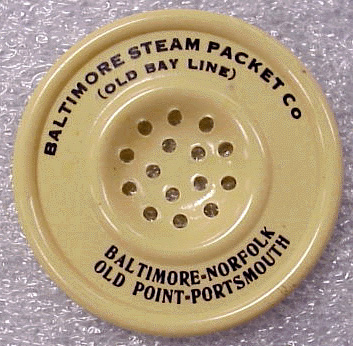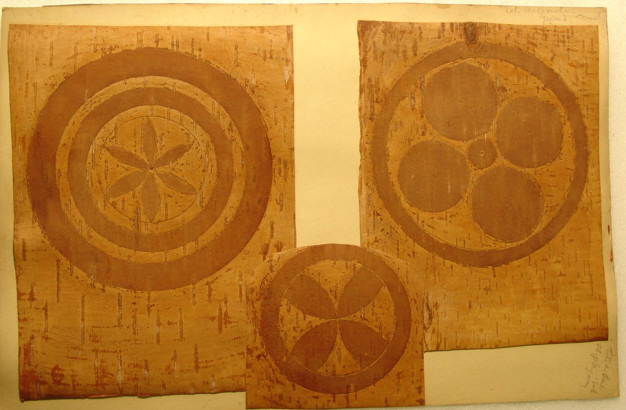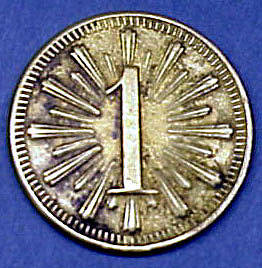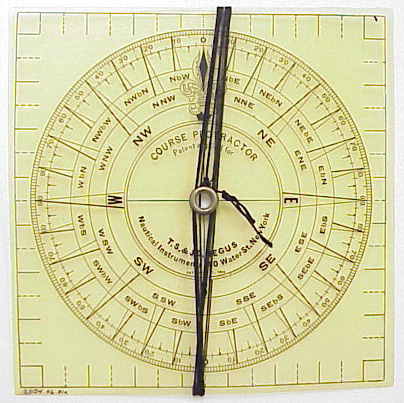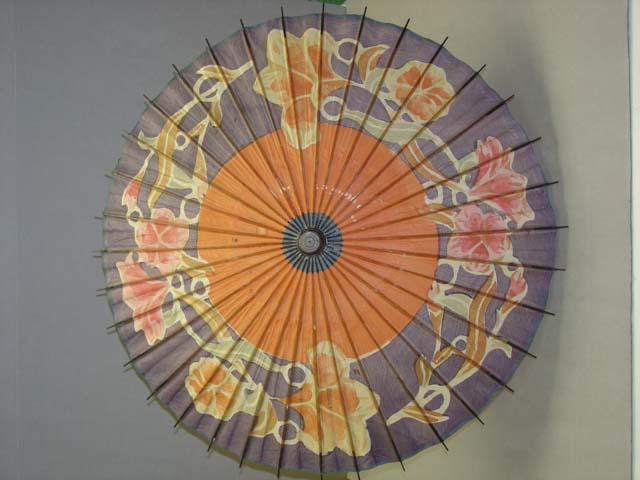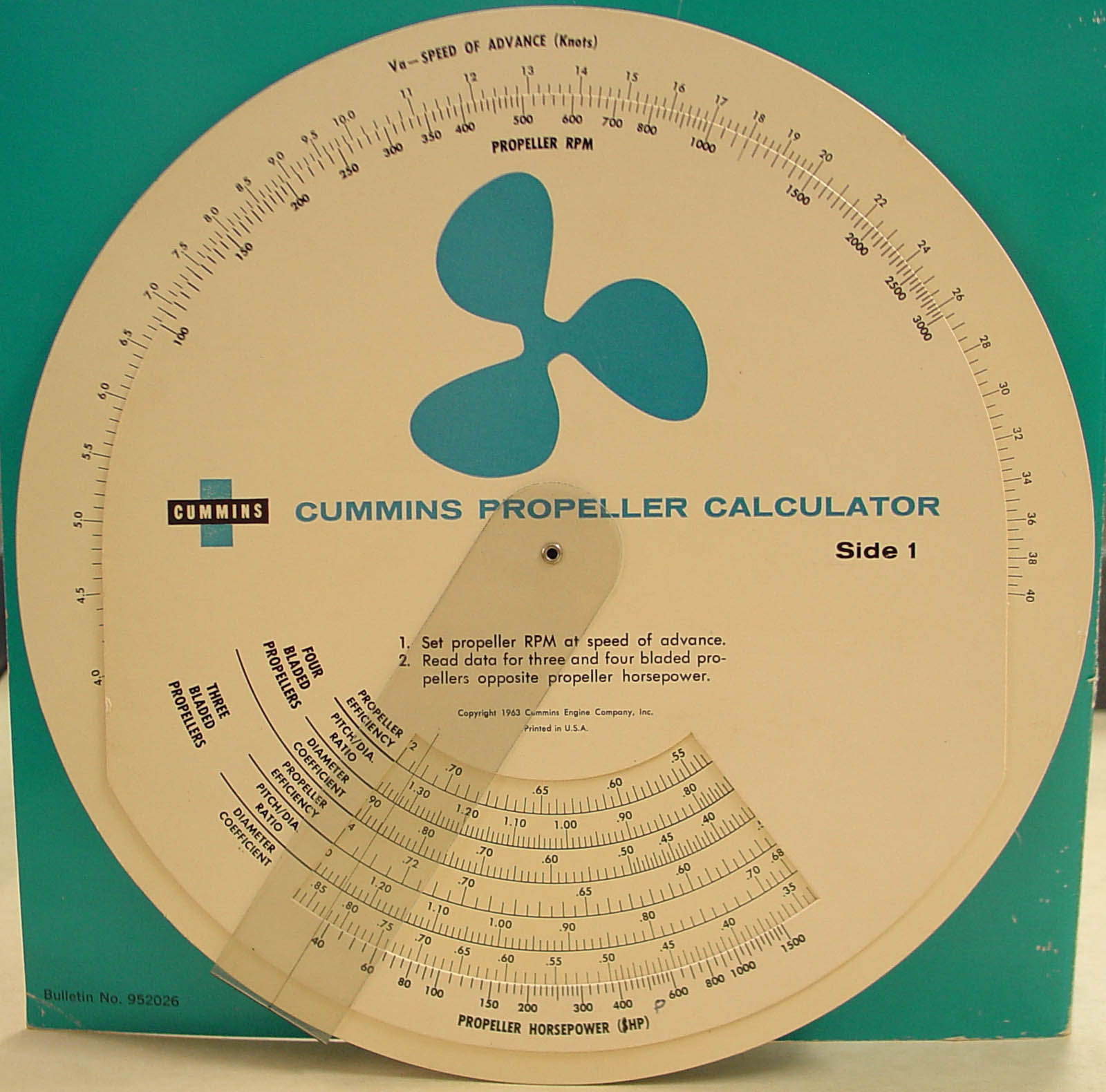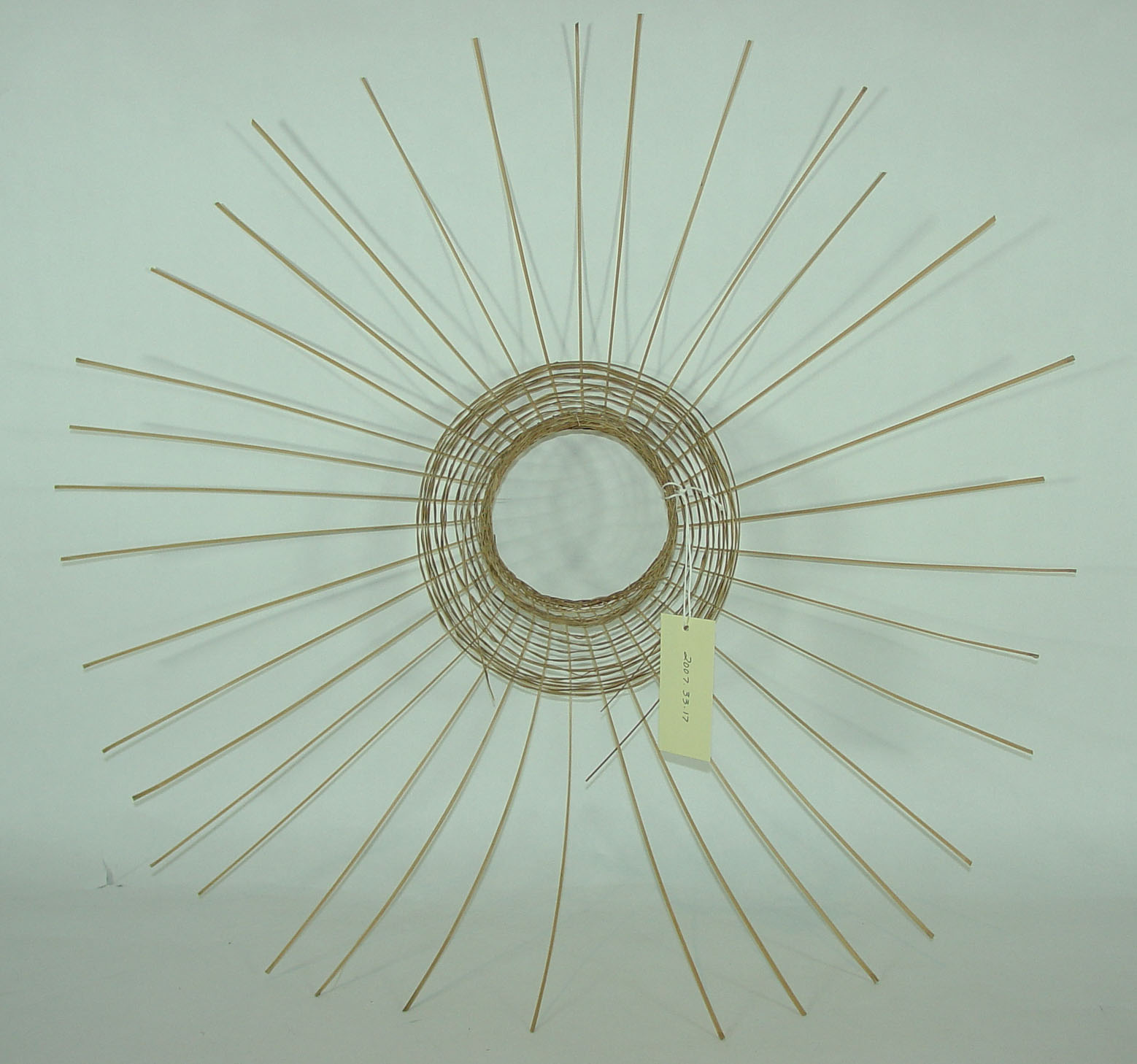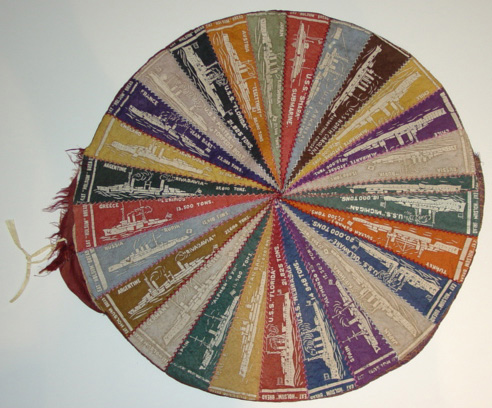A bit of randomness today as I offer a selection of round items from our collection. And a few thoughts on how any museum collection can be inherently random by the very fact that it exists.
All collections can be grouped in some way, and many of our pieces are part of a whole or set of items. For example, a tea set used onboard a ship. Let’s say it consists of a teapot, cream pitcher, sugar bowl, two cups, two saucers and two spoons. Of these items, the teapot may have come in from one source, the pitcher and bowl from another and so on…. Yet each of the items eventually made their way to the museum where they were joined together in our Collections database. They are now linked together by their association to a particular ship or ship line.
Now let’s consider the same tea set, but this time all the items were given to the museum at the same time. Perhaps by a donor who purchased the items at an auction when the ship was taken out of service. The tea set will then be entered into the database in a way to reflect that these items are related to each other through use and shared history.
It is easy to see the randomness of the first example. The artifacts arrive at different times from different donors or sellers. But in the second example, the individual pieces are also random items. Of all the china on board the ship, the purchaser happened to get those pieces, grouped together at the time of the sale. During their time on board the ship, the single pieces may never have even come in contact with each other. And even if the two plates do look identical, each plate will have different scratch marks on the surface, slightly different variations in color or design, and even differences in the thickness of the protective glaze coating. This is because each plate, although manufactured and used similarly, has a slightly different physical history.
I could go on, but I think it best that I leave you to continue pondering the idea of randomness, if that is your desire. Instead, I will point out that no matter how items are grouped, each artifact is considered a separate entity in our collection. Each and every piece gets looked at, cataloged, numbered, condition reported and photographed. This ensures that we can properly track the location of each and every item, even if it gets separated from the group.
The individual cataloging also allows us to document the history of the single items and this can help a curator determine which items go on exhibit. Let’s say the curator wants to do an exhibit that looks at dining customs on ships during the 1900s and he is looking at the two tea cups. If both are in good condition and are suitable for display, he might choose the one with fewer surface scratches and more vibrant color.
Now let’s say that one of the cups was salvaged off the ocean floor after the ship sank during a storm. Obviously that cup will be more interesting to our visitors, despite its appearance. In this case, the scratches and color loss help tell the story of the sinking, the passengers and the undersea recovery. Without separate cataloging, this story would have been lost over the years and we would not have been able to share it.
Enjoy the random artifact photos below. Thanks for reading.
